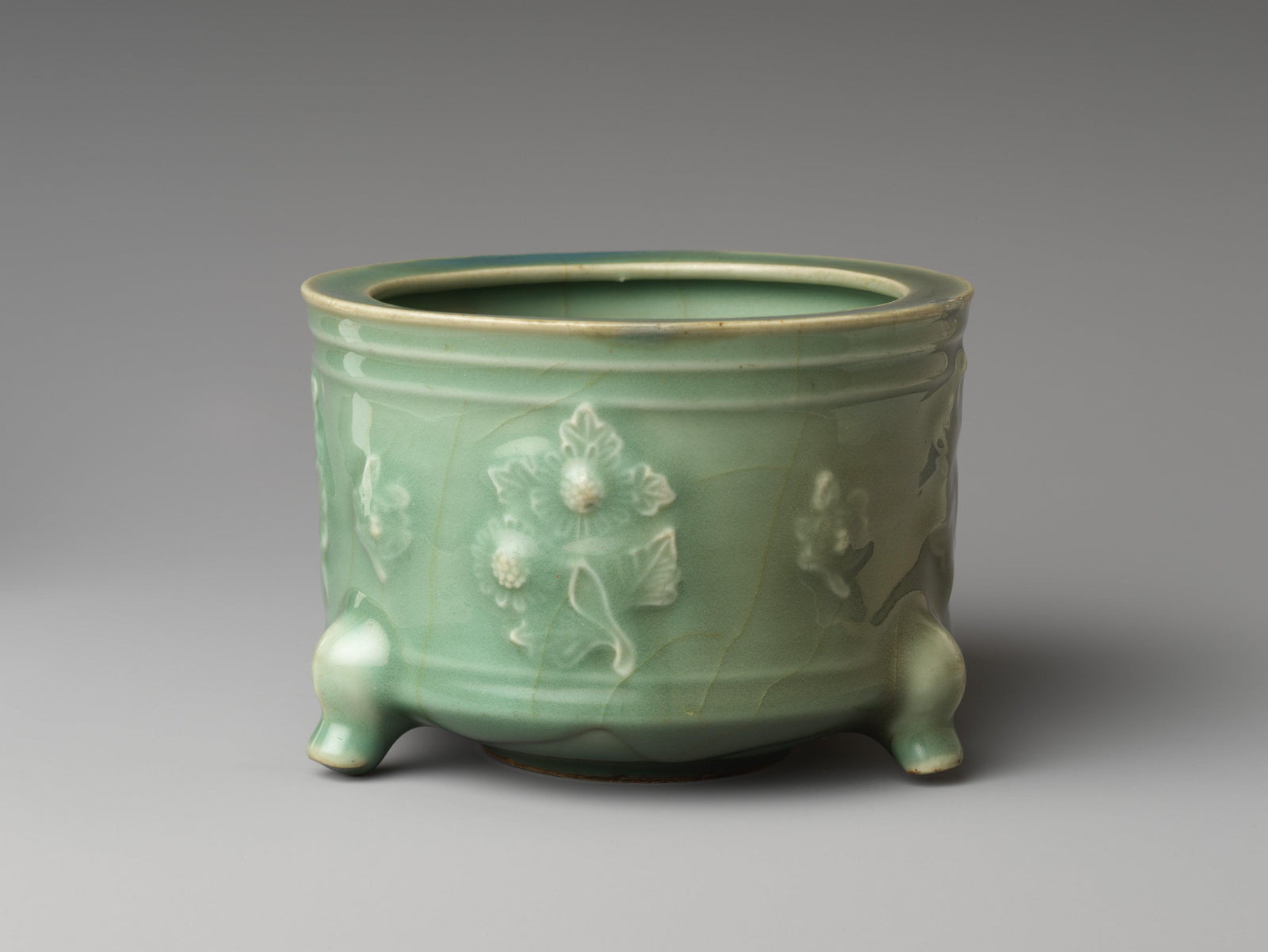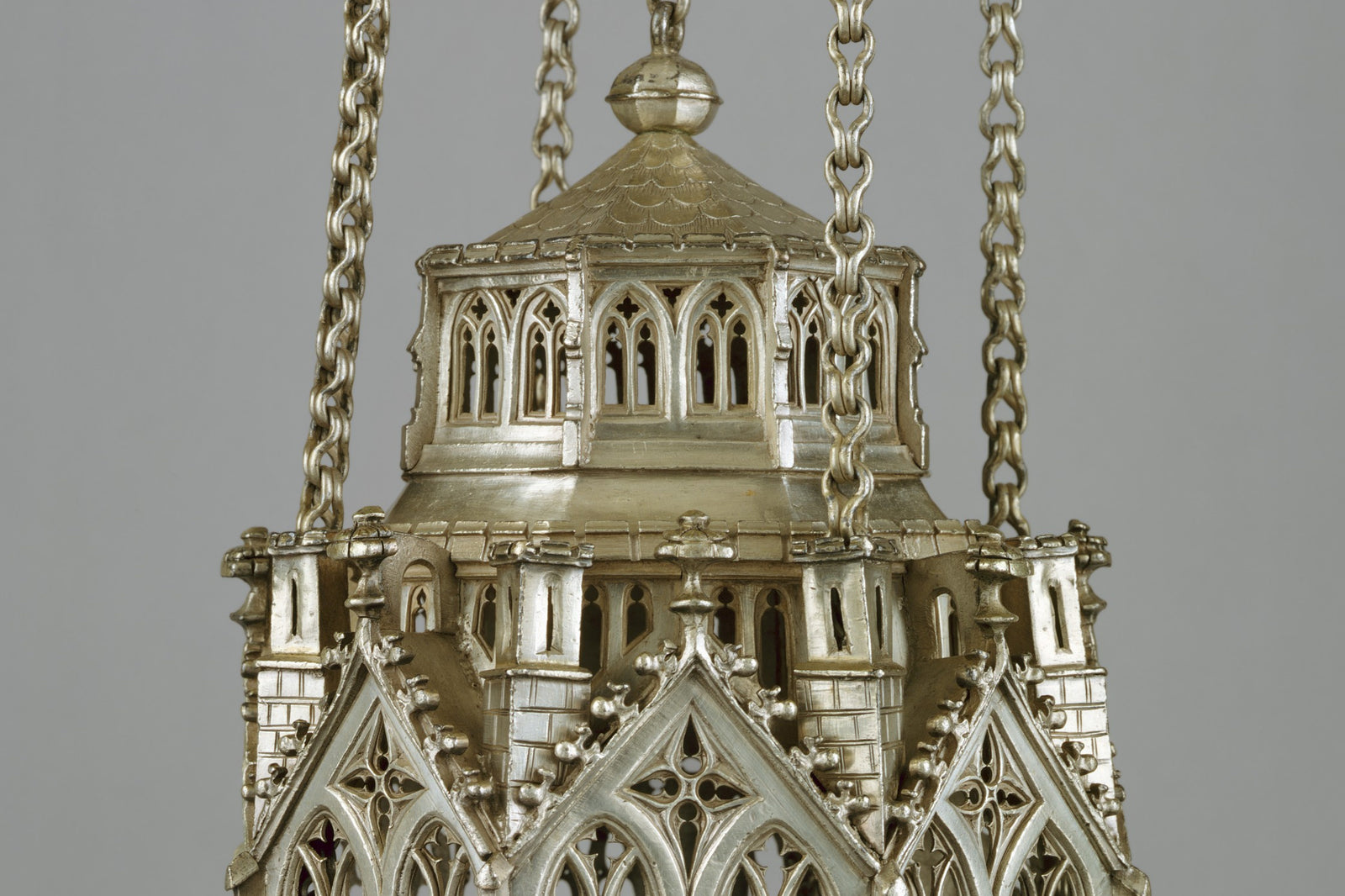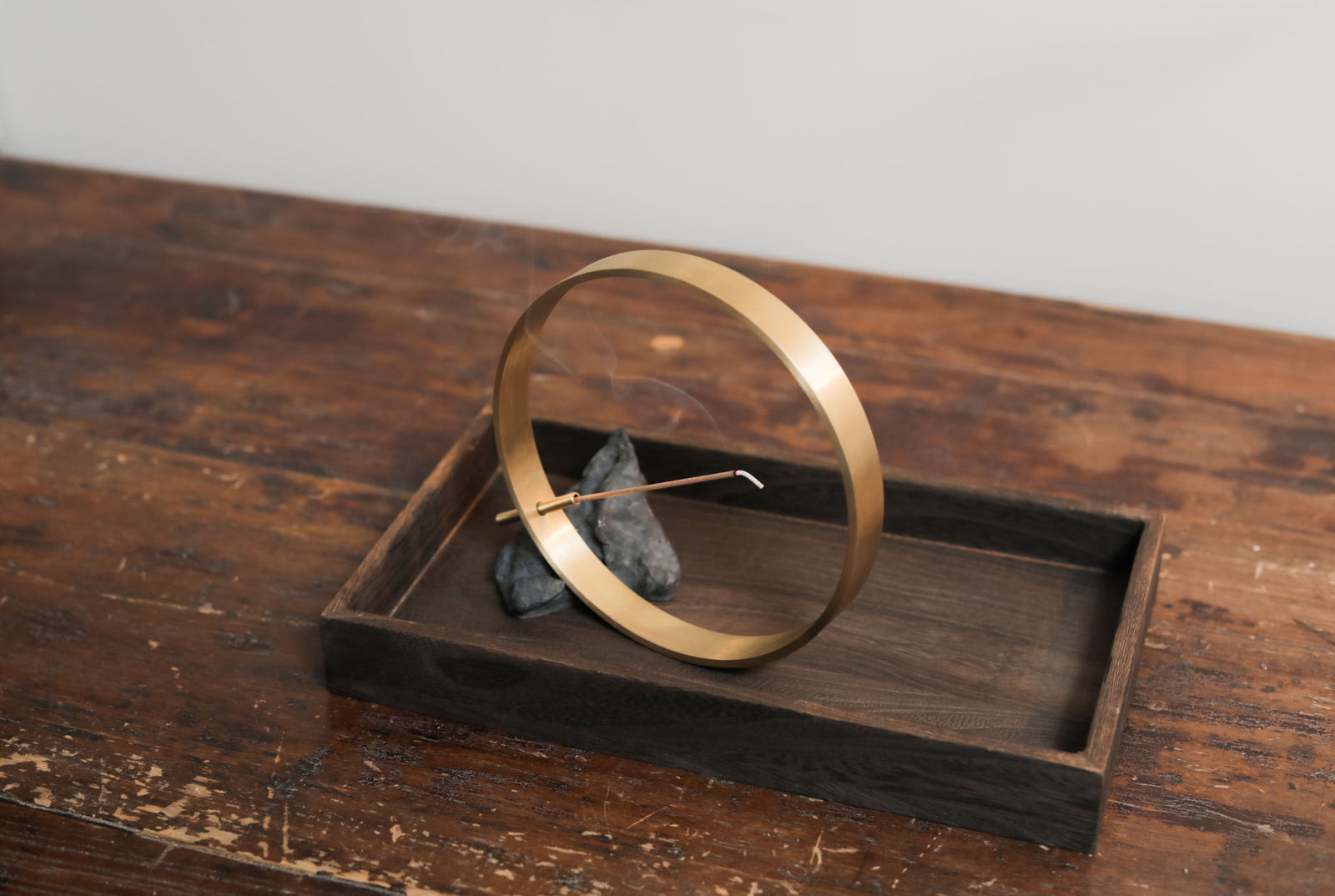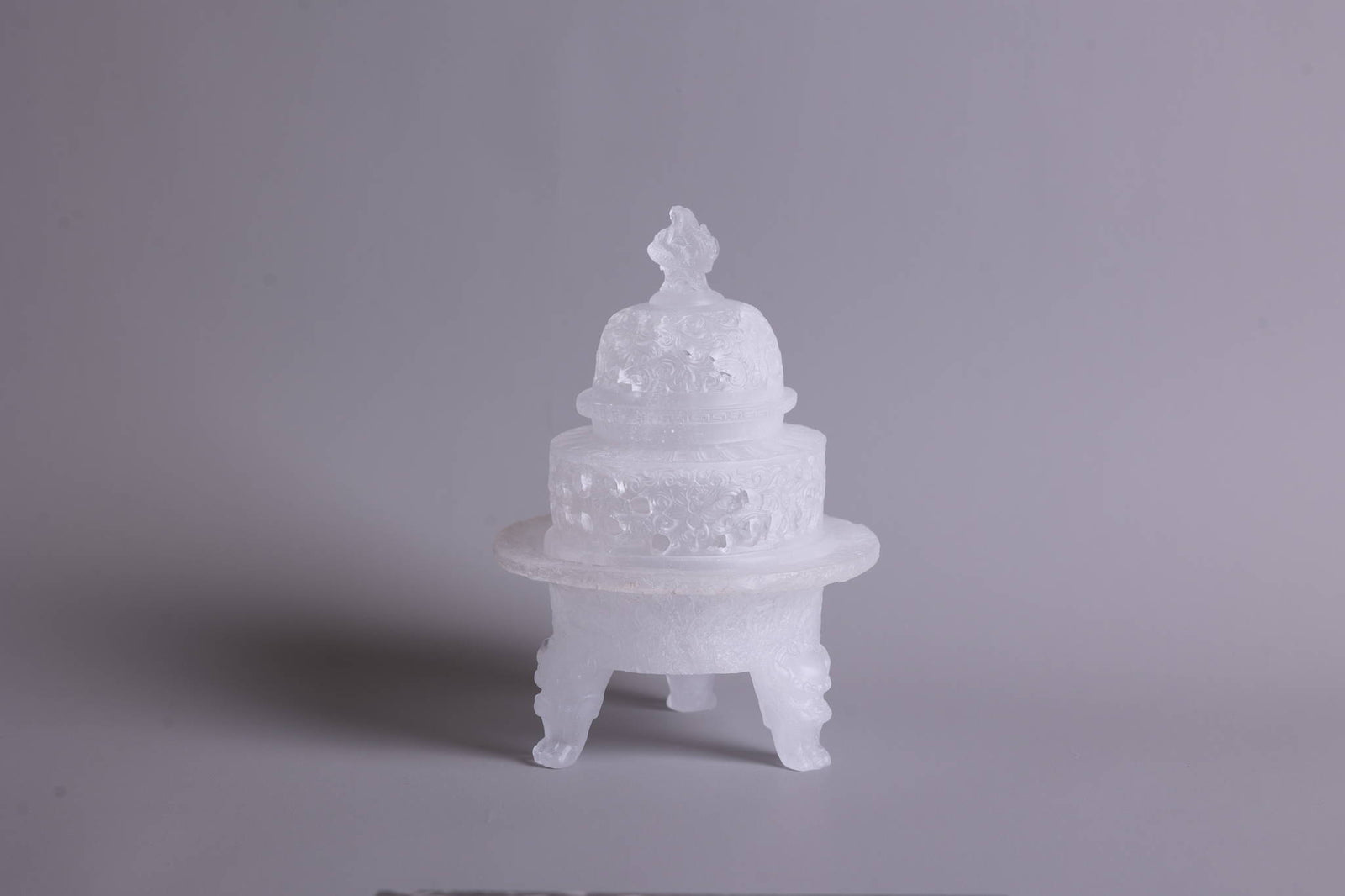If Chinese incense began to flower in the early Middle Ages, then it truly blossomed through the rest of the Middle Ages. Incense became a huge part of the Song dynasty (宋朝, 960-1279), both economically and in socially, and this continued largely through the short-lived Mongol-led Yuan Dynasty (元朝, 1271-1368).
As we’ve written before, traditional Chinese incense use has thousands of years of history, so as usual, we cover only a small time period in this article – the 10th – 14th centuries, corresponding roughly to the period of High and Late Middle Ages in European history. For details on Chinese incense use leading up to and the early Middle Ages China (3rd to 10th centuries), please refer to this article; for more details on the subsequent Ming and Qing dynasties (17th-20th centuries), please stay tuned for the next instalment.
The significance of the Song dynasty in Chinese history(宋朝, 960-1279)
While the Song dynasty palace was not as wealthy as the Tang, and the military did not wield as much might, the dynasty is considered the cultural pinnacle in China’s history. The great ancient inventions of gunpowder, compass and printing, all occurred in Song China, and Chinese cities were the largest and most sophisticated in the world at this time.
Art, literature, poetry, and other aspects of culture thrived and climbed to new heights, as almost all of the most prominent writers and artists in the Song dynasty were also high ranking officials in the palace. This was due to the imperial examination system continued on from the Tang dynasty, where only the most knowledgeable, widely read and industrious individuals could pass the imperial exams and be awarded significant posts in office.

This Song dynasty painting Listening to the Ancient Zither: a Pictorial Rendition《听琴图》painted by Emperor Huizong showcases a classic scene from the era: an idyllic afternoon where two intellectuals/officials are listening to the tunes of ancient zither, accompanied by burning incense. Artistic and cultural activities such as these were extremely common in the Song dynasty, and always accompanied by incense. (Crop of full image, Song Dynasty, The Palace Museum Beijing)
Where there were artists, poets, writers, philosophers… there was incense. It had become inextricably linked to the lives of the thriving literati, and flourished along with their dominance in Song society. With them, a subtle, understated and refined style developed. This aesthetic made a mark worldwide, and significantly in Japan, where its influence persisted. In fact, much of Song ceramics would be mistaken as the Japanese today.
Incense in Song dynasty Chinese poetry
Incense was an essential part of a Song intellectual’s life. It was used when writing poetry, when playing or composing music, when entertaining, when contemplating; during the day, during the night; in the home, in the garden… it was the accompaniment to everything. In fact, incense was often even infused into the ink they used – musk, camphor, clove were the most well known. Besides giving the ink a memorable aroma, the blended ink was known to have superior functionality, including resistance to moisture.
In fact, one of the four Great Song dynasty poet and artist-calligraphers Huang Tingjian (黄庭坚/黃庭堅) was quoted as saying that he had an “incense addiction” (“如我有香癖”) due to his great love of incense.

One of Huang Jianting's surviving incense recipes, also a highly regarded calligraphy work: Ying Incense Recipe 《婴香/嬰香》, Taipei National Palace Museum
The Song dynasty was a prolific period for traditional Chinese poetry, and as the poets were obsessed with incense, as their poetry flourished, so did the presence of incense within them. Below are a few selected examples:
Huang Tingjian:
险心游万仞,躁欲生五兵。隐几香一炷,灵台湛空明
(險心游萬仞,躁欲生五兵。 隱幾香一炷,靈台湛空明)
In his latter stages of life, Huang Tingjian lived alone in exile, with his small room facing a butcher. It is thought that he wrote this poem there, which describes how when in a state of agitation and despair, several incense sticks immediately helped to clear his mind.
Su Shi, also known as Su Dongpo (苏轼/蘇轼), another one of the Four Greats of Song Dynasty:
《翻香令》
金炉犹暖麝煤残。惜香更把宝钗翻。重闻处,余熏在,这一番、气味胜从前。背人偷盖小蓬山。更将沈水暗同然。且图得,氤氲久,为情深、嫌怕断头烟。
(金爐猶暖麝煤殘。 惜香更把寶钗翻。 重聞處,餘熏在,這一番、氣味勝從前。
背人偷蓋小蓬山。 更將瀋水暗同然。 且圖得,氤氲久,為情深、嫌怕斷頭煙。)
This was written by the poet shortly after the death of his wife to commemorate her. He describes how as the burning incense approaches its end, he uses a spoon to turn over every little bit to try and prevent it from going out, going so far as to sneakily add some aloeswood into the incense holder to prolong its burn, so it can continue releasing its lingering smell. His desperation to cling to the burning incense is a moving metaphor of his desperation to cling to his wife’s life.
Incense as part of the Song intellectual personal style
Intellectuals of the Song dynasty collected incense, blended incense, and took pride in developing their own unique ways and styles of using their incense. Two famous officials and intellectuals of the early Song era, 韩熙载 (韓熙載, Han Xizai) and 徐铉 (徐鉉, Xu Xuan), collectively known as Han-Xu, were famously known for Han’s pairing of incense with various flowers, and Xu’s love of burning incense under the moon.
梅询 (梅詢, a high ranking court official circa year 1000) was known to allow the scent of incense flow into his sleeves (traditional Chinese robes at the time had extremely large sleeves, its influence is still seen in the Japanese kimono today), then deliberately holding the sleeve opening closed, only allowing them to open once he arrived at his office, letting the outflow of fragrance accompany his arrival.
They also often gifted blends to each other, or to others as a sign of respect and honor on special occasions. For example, Su Shi gifted his own blend of incense powder, along with a complete silver set of incense-ware to his father for his birthday.
The Importance of the Incense trade in the Song dynasty economy
International trade by water, which gained momentum in the Tang dynasty, grew even more in the Song. Besides Guangzhou (广州/廣州), important ports were also established in Yangzhou (扬州/揚州), Ningbo (宁波/寧波) and Quanzhou (泉州). Incense was one of the most dominant category of goods imported in those ports, and there were dedicated ships for carrying them (香舶). In fact, a Song dynasty ship unearthed in 1974 in Fujian Quanzhou was found to be carrying several thousand kilograms of sandalwood, aloeswood (agarwood/oud), frankincense, ambergris, costus root, among others, and this was only a small proportion of the original load as it believed to have been ransacked before sinking.

Unearthing of the Song dynasty ship at Quanzhou in 1974, carrying vast amounts of incense (Quanzhou Maritime Museum Fujian)

Frankincense uncovered onboard the Quanzhou ship in 1974 (people.cn website)
The role of customs began to emerge in the Song dynasty, as officials (市舶司, shibo si) were sent to each of the ports to govern the large volume of incense trades taking place there. The officials levied taxes on the trades, and bought selected goods for exclusive use or resale for the palace. There are records that for a period of time in the Northern Song (北宋, 960-1127), the palace controlled all sales of frankincense. Although this no longer seemed to be the case by Southern Song (南宋), it is thought that income from the shibo si accounted for approximately 15% of the total Government revenue at one time. There are also records that suggest incense import/export accounted for approximately 25% of all of the country’s import/export quota. This continued through the Yuan dynasty. In fact, The Travels of Marco Polomentions Chinese merchants who traveled to India to trade in incense.
Incense use in the Song dynasty palace
Although far removed from the decadence of the Tang palace, the Song palace still maintained its own special incense vaults (香药库/香藥庫), along with a dedicated staff. Circle 1000, there are records that indicate Emperor Zhenzong (真宗) had kept as many as 28 incense vaults. Incense continued its pervasive use in the palace, from scenting rooms, to scenting clothes, to religious and formal ceremonies, to gifting, to medicinal purposes… 《邵氏闻见后录》(《邵氏聞見後錄》Records of Shao, a semi-fictional work from the Song ydnasty )writes that Son of Emperor Zhenzong, Emperor Renzong (仁宗), burnt approx. 8kg of ambergris as an offer to the deities in a special ceremony to help break a long drought.
Incense in Song dynasty daily life
The presence of incense in daily life was far more widespread than the Tang dynasty. Whereas in the Tang, its use was still mostly limited to very wealthy families, by the Song it had become more affordable. On a Song street, stores selling different types of incense and incense-associated wares would be common sight. In fact, in the Song version of the famous 《清明上河图》(清明上河圖, The Qingming Scroll) , there are noticeable depictions of incense, including this one which shows an incense store with the plaque “Liu Family High Quality aloeswood, sandalwood and frankincense” hanging over the store.

Part of the Song dynasty version of The Qingming Scroll, 张择端/ 張擇端 (Zhang Zeduan), Beijing Palace Museum
Besides its use in festivals and its presence in scenting homes, the use of incense in daily beauty rituals also become very widespread. As Yang Guifei did in the Tang dynasty, Song women wore incense-infused clothes, incense blended powder, incense infused lipstick, carried incense pouches or incense balls on their waists and in their large sleeves. When a lady rode past on her horse-drawn carriage, the fragrance from her incensed carriage and her clothing and cosmetics would leave a lingering trail of aroma.
In a Song restaurant, there would be an incense specialist (香婆) who catered exclusively to customers’ incense needs, much as a sommelier would recommend and tend to one’s wine needs. Snack stores stocked incense-infused foods and drinks, like incense soaked dried plums and incense infused papayas.
The original Matcha, with an incense twist
Drinks in the Song dynasty were also infused or blended with incense. Of those, the most important was the incense tea, or 香茶 (xiang cha). What is known today by the Japanese name of Matcha originated in the Tang dynasty, and was then popularized in wider Chinese society in the Song.
The original practice involved tea leaves being steamed and dried to form large tea bricks or tea cakes, which was then ground into powder and mixed with hot water to form tea, giving the tea the name 抹茶 (fine powder tea, translated into Japanese as matcha). In the Song dynasty, various incense were mixed into the tea bricks to enhance their health benefits and aroma. These included the classics of sandalwood, aloeswood, musk, camphor, but also others like jasmine, plum blossom and various citrus.
Incense for medicinal purposes in the Song dynasty
Incense continued to be used for a variety of medicinal purposes, and its presence in many prescribed medicines were recorded in important medical texts of the era, including 《太平圣惠方》(Taiping Holy Prescriptions, the largest palace edited Chinese medical prescription text before the 10th century),《圣济总录》( General Records of Holy Universal Relief, an important medical reference book for the Song dynasty).
Traditional Chinese Medicines with pre-determined ingredients that are made into ready-to-eat forms called Chinese patent medicine ( (rather than customized formulations that require stewing in boiling water) had already gained popularity in the Tang dynasty, and by the Song even more types had become available. Incense ingredients were prevalent in these medicines, for example: “Benzoin pellet pills” for kidney infections, “Storax pellet pills” for chest pain…
Song dynasty saw the rise of seal incense and stick incense
In the Song dynasty, a popular method of using incense was 印香 (yin xiang, imprint incense), also known as 篆香 (zhuan xiang, seal incense). In this method, a small metal or wooden plate is carved with a hollowed out pattern to form a mold of a seal, and the mold is then placed on a bed of firmly pressed ash. Incense powder is then gently spooned into the mold, and once the pattern is filled, the mold is removed, leaving only the pattern of incense powder on the ash bed. This incense seal pattern is then burnt, and it very elegantly lights up from one end to the other. This method of enjoying incense was adored by intellectuals of the era, as they often designed their own seal molds, featuring intricate patterns or characters with special meaning. We use incense in this way too sometimes, and the process of pressing the powder into the mold is one that takes some time to perfect. But the ritual of spooning and pressing the incense has a calming, meditative effect, and I would highly recommend it.
The creation of incense sticks is also believed to have originated in the Song dynasty, although the name “stick incense” (线香) was not used until the Yuan dynasty. Stick incense were made with a stick shaped mold at the time, so they were thick and chopstick-like, until a squeezing mechanism was invented some time later which allowed for thinner sticks to be made.
Even so, from the Song onwards, the use of stick incense grew rapidly. It was widely appealing as it could be directly lit, and did not require fancy accessories or a large incense holder (in contrast to the traditional style of using incense, which involves lighting coal and burying it in ash, as the Japanese Kodo ceremony still retains from the Tang and Song influences). This is reflected in the number of smaller and un-lidded incense holders unearthed from the Song dynasty onwards, as the burning of stick incense corresponds with the use of these styles of incense burners.
Song dynasty incense burners: simple, subdued and sophisticated
Whereas incense holders in the Tang and prior dynasties were large and elaborate, in the Song dynasty they underwent significant simplification. Designs were simpler, sizes were smaller, and many had no lids or very simple lids (corresponding with the use of stick incense as mentioned above). These types of incense holders gained popularity very quickly through the Song and subsequent Yuan dynasty.
The typical Song incense holder had no carvings or minimal carvings, was made of ceramic, had a basic geometric shape, and would showcase a subtly colored blue-green celadon glaze. As ceramic was more affordable and easier to mass produce than metal, the simply designed Song incense holders spread into many more homes.


My favorite from the MET Song dynasty incense collection. The simple design and shape, with its blend of purple and celadon glaze is absolutely stunning. MET Museum
Chinese incense use in the Mongol-led Yuan Dynasty
The Yuan dynasty was a short-lived dynasty ruled by Kublai Khan, grandson of Genghis Khan. As the Mongols had no prior experience in managing such a large empire, they adopted many of the existing practices and models from the Song dynasty. One exception was that the literati were no longer granted senior official roles, and as such most retired from public life to focus on their arts, leading to a rather prolific period for the arts. Both of these factors – the continuation of many Chinese traditions in the palace, and the sole focus of artists on their creative endeavors – meant incense use continued to flourish as its use continued in the palace and in the artists’ lives.
The Yuan dynasty gave way to the almost 300-year long Ming dynasty, followed by the last Chinese imperial dynasty of Qing. Through both dynasties, incense use continued to grow. Please stay tuned for our next instalment -






Leave a comment (all fields required)